Title: Enhancing Workplace Safety with Effective Work Clothing Introduction: In today’s fast-paced and industrious world, workplace safety remains a top priority for businesses across various industries. One crucial component of workplace safety is the proper utilization of work clothing or Personal Protective Equipment (PPE). Safety work clothes not only protect employees from potential hazards but also foster a culture of safety within the organization. This article delves into the significance of safety work clothes, their key features, and the various types available in the market. 1. The Importance of Safety Work Clothes: Safety work clothes play a pivotal role in safeguarding employees from potential risks and preventing workplace accidents. These specialized garments are designed to minimize exposure to hazardous substances, extreme temperatures, fire, chemicals, electrical shock, and physical injuries. By providing adequate protection, safety work clothes create a secure work environment and reduce the likelihood of work-related injuries and illnesses. 2. Key Features of Safety Work Clothes: Safety work clothes are engineered with specific features to ensure maximum protection and durability. These include: a.
safety ware
 Flame Resistance: Fire-resistant work clothing is crucial in industries such as oil and gas, manufacturing, and firefighting, where workers are exposed to fire and high temperatures. b. High-Visibility: Especially important in construction, transportation, and roadwork, high-visibility clothing enhances worker visibility and reduces the risk of accidents in low-light conditions. c. Chemical and Biological Protection: Workers in laboratories, healthcare settings, and hazardous material handling require specialized clothing to shield them from chemical and biological agents. d. Electrical Protection: Electricians and workers in the electrical industry require clothing that offers insulation against electrical shocks and arc flash incidents. e. Physical Protection: Industries involving heavy machinery, construction, and welding necessitate work clothes with reinforced fabrics and padding to minimize the risk of cuts, abrasions, and impacts. 3. Types of Safety Work Clothes: The market offers a wide array of safety work clothes designed for specific industries and job functions. Some commonly used types include: a. Coveralls and Overalls: These single-piece garments protect workers from head to toe, offering comprehensive safety coverage. They are used in environments with various hazards such as chemicals, fire, and electrical currents. b. High-Visibility Clothing: Utilized in industries where worker visibility is crucial, high-visibility garments are designed with bright colors and reflective materials to enhance visibility in low-light environments.
Flame Resistance: Fire-resistant work clothing is crucial in industries such as oil and gas, manufacturing, and firefighting, where workers are exposed to fire and high temperatures. b. High-Visibility: Especially important in construction, transportation, and roadwork, high-visibility clothing enhances worker visibility and reduces the risk of accidents in low-light conditions. c. Chemical and Biological Protection: Workers in laboratories, healthcare settings, and hazardous material handling require specialized clothing to shield them from chemical and biological agents. d. Electrical Protection: Electricians and workers in the electrical industry require clothing that offers insulation against electrical shocks and arc flash incidents. e. Physical Protection: Industries involving heavy machinery, construction, and welding necessitate work clothes with reinforced fabrics and padding to minimize the risk of cuts, abrasions, and impacts. 3. Types of Safety Work Clothes: The market offers a wide array of safety work clothes designed for specific industries and job functions. Some commonly used types include: a. Coveralls and Overalls: These single-piece garments protect workers from head to toe, offering comprehensive safety coverage. They are used in environments with various hazards such as chemicals, fire, and electrical currents. b. High-Visibility Clothing: Utilized in industries where worker visibility is crucial, high-visibility garments are designed with bright colors and reflective materials to enhance visibility in low-light environments.
Specifications of safety ware
 c. Flame-Resistant Clothing: Made from flame-resistant materials, these garments protect workers from burns and fires. They are essential in industries where fire hazards are prevalent, such as oil and gas, chemical manufacturing, and firefighting. d. Chemical and Biological Protective Clothing: These garments provide a barrier against hazardous chemicals, toxic substances, and biological contaminants. They are widely used in laboratories, healthcare facilities, and industries dealing with hazardous materials. e. Cold Weather and Thermal Clothing: Designed for workers in extreme temperature conditions, cold weather and thermal clothing help maintain body warmth and protect against hypothermia. These garments are commonly used in industries such as construction, outdoor manual labor, and emergency services. f. Footwear: Safety footwear, including steel-toed boots, are essential for protecting feet against punctures, crushing, and electrical hazards. Different industries have specific footwear requirements, such as slip-resistant soles for kitchens and non-conductive materials for electrical work.
c. Flame-Resistant Clothing: Made from flame-resistant materials, these garments protect workers from burns and fires. They are essential in industries where fire hazards are prevalent, such as oil and gas, chemical manufacturing, and firefighting. d. Chemical and Biological Protective Clothing: These garments provide a barrier against hazardous chemicals, toxic substances, and biological contaminants. They are widely used in laboratories, healthcare facilities, and industries dealing with hazardous materials. e. Cold Weather and Thermal Clothing: Designed for workers in extreme temperature conditions, cold weather and thermal clothing help maintain body warmth and protect against hypothermia. These garments are commonly used in industries such as construction, outdoor manual labor, and emergency services. f. Footwear: Safety footwear, including steel-toed boots, are essential for protecting feet against punctures, crushing, and electrical hazards. Different industries have specific footwear requirements, such as slip-resistant soles for kitchens and non-conductive materials for electrical work.
buy safety ware
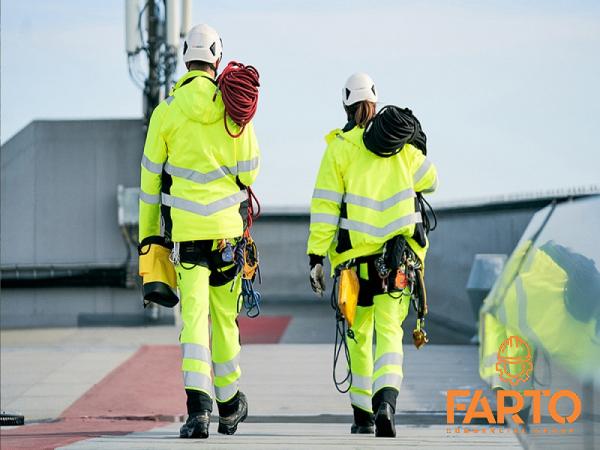 4. Factors to Consider When Choosing Safety Work Clothes: Selecting the appropriate safety work clothes for a specific task or environment involves considering several factors: a. Hazards and Risks: Identify the potential hazards and risks present in the workplace to choose the right level of protection required. b. Compliance with Standards: Ensure that the work clothes meet relevant industry standards such as those set by regulatory bodies like the Occupational Safety and Health Administration (OSHA). c. Comfort and Fit: Choose work clothing that provides ample comfort and freedom of movement to maximize productivity. Ill-fitting or uncomfortable clothing may hinder task performance and pose additional risks. d. Durability and Maintenance: Opt for high-quality work clothes that can withstand the demands of the job and are easy to clean and maintain.
4. Factors to Consider When Choosing Safety Work Clothes: Selecting the appropriate safety work clothes for a specific task or environment involves considering several factors: a. Hazards and Risks: Identify the potential hazards and risks present in the workplace to choose the right level of protection required. b. Compliance with Standards: Ensure that the work clothes meet relevant industry standards such as those set by regulatory bodies like the Occupational Safety and Health Administration (OSHA). c. Comfort and Fit: Choose work clothing that provides ample comfort and freedom of movement to maximize productivity. Ill-fitting or uncomfortable clothing may hinder task performance and pose additional risks. d. Durability and Maintenance: Opt for high-quality work clothes that can withstand the demands of the job and are easy to clean and maintain.
safety ware + buy and sell
 e. Ergonomics: Consider the ergonomic aspects of the work clothes to ensure they do not hinder movement, flexibility, or dexterity required for the job. 5. Implementing a Safety Work Clothes Program: To ensure proper utilization and effectiveness of safety work clothes, organizations should implement a comprehensive program that includes: a. Training and Education: Provide employees with thorough training on the correct usage, care, and maintenance of safety work clothes. This includes understanding the limitations of PPE and the importance of compliance. b. Monitoring and Inspections: Regularly monitor and inspect the condition of the work clothes to ensure they are in good working order. Replace damaged or worn-out garments promptly. c. Evaluating and Updating: Continuously assess the effectiveness of the safety work clothes program, considering employee feedback and industry advancements. Update the program as necessary to align with evolving safety standards. Conclusion: Safety work clothes are an integral part of maintaining workplace safety across a range of industries. These garments provide vital protection against various hazards, ensuring the well-being of employees and minimizing the risk of accidents. By carefully selecting and implementing appropriate safety work clothing, organizations demonstrate their commitment to employee safety, fostering a culture of security and promoting productivity.
e. Ergonomics: Consider the ergonomic aspects of the work clothes to ensure they do not hinder movement, flexibility, or dexterity required for the job. 5. Implementing a Safety Work Clothes Program: To ensure proper utilization and effectiveness of safety work clothes, organizations should implement a comprehensive program that includes: a. Training and Education: Provide employees with thorough training on the correct usage, care, and maintenance of safety work clothes. This includes understanding the limitations of PPE and the importance of compliance. b. Monitoring and Inspections: Regularly monitor and inspect the condition of the work clothes to ensure they are in good working order. Replace damaged or worn-out garments promptly. c. Evaluating and Updating: Continuously assess the effectiveness of the safety work clothes program, considering employee feedback and industry advancements. Update the program as necessary to align with evolving safety standards. Conclusion: Safety work clothes are an integral part of maintaining workplace safety across a range of industries. These garments provide vital protection against various hazards, ensuring the well-being of employees and minimizing the risk of accidents. By carefully selecting and implementing appropriate safety work clothing, organizations demonstrate their commitment to employee safety, fostering a culture of security and promoting productivity.




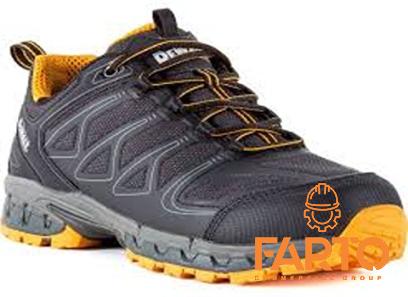



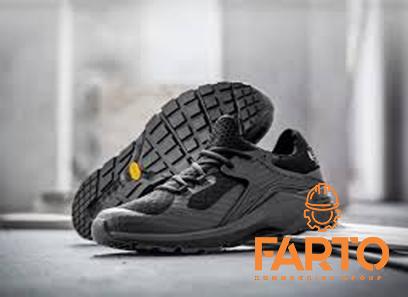
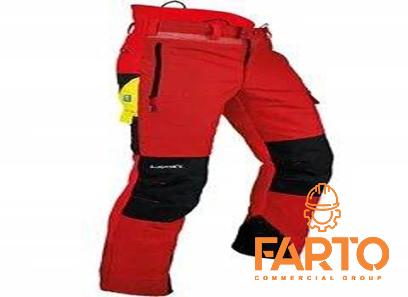
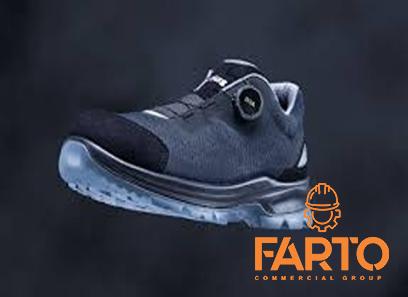
Your comment submitted.